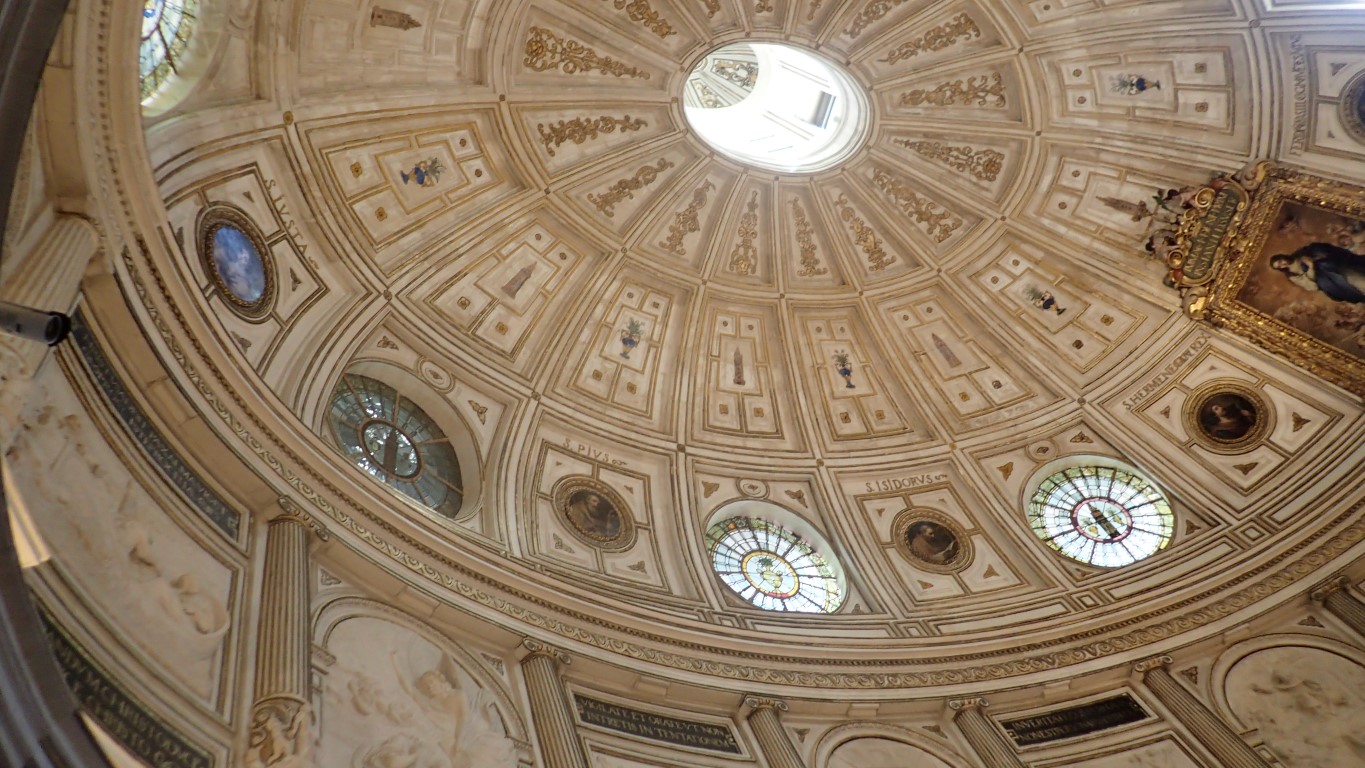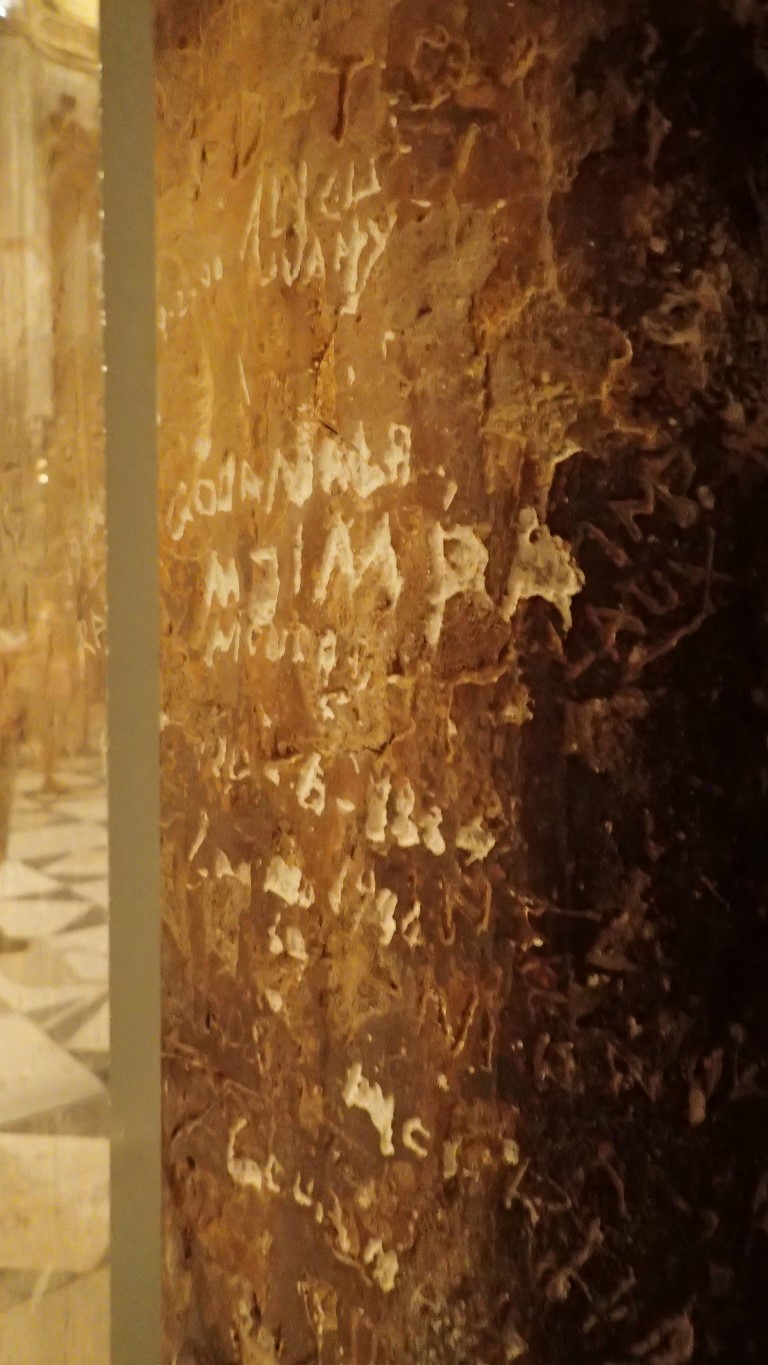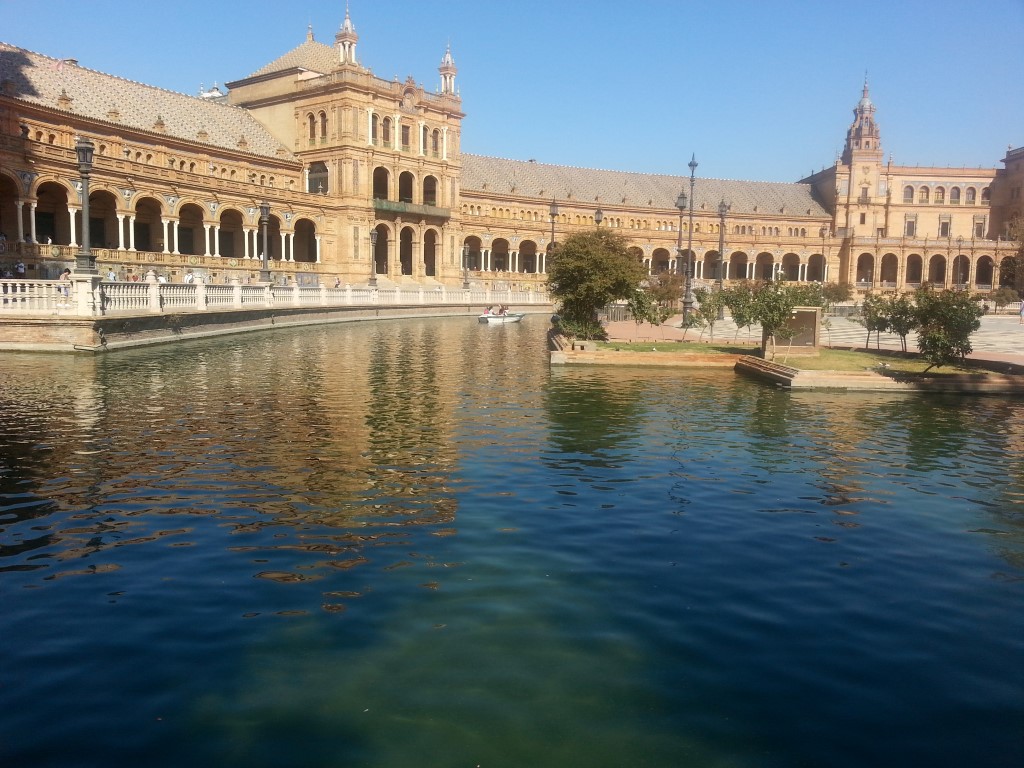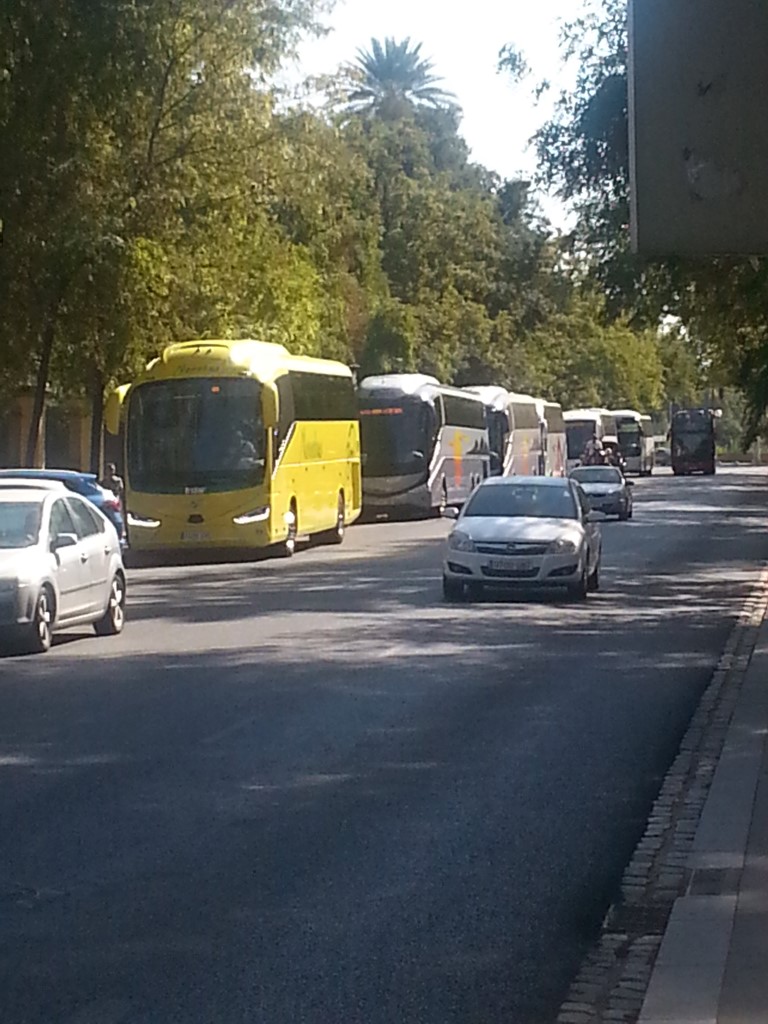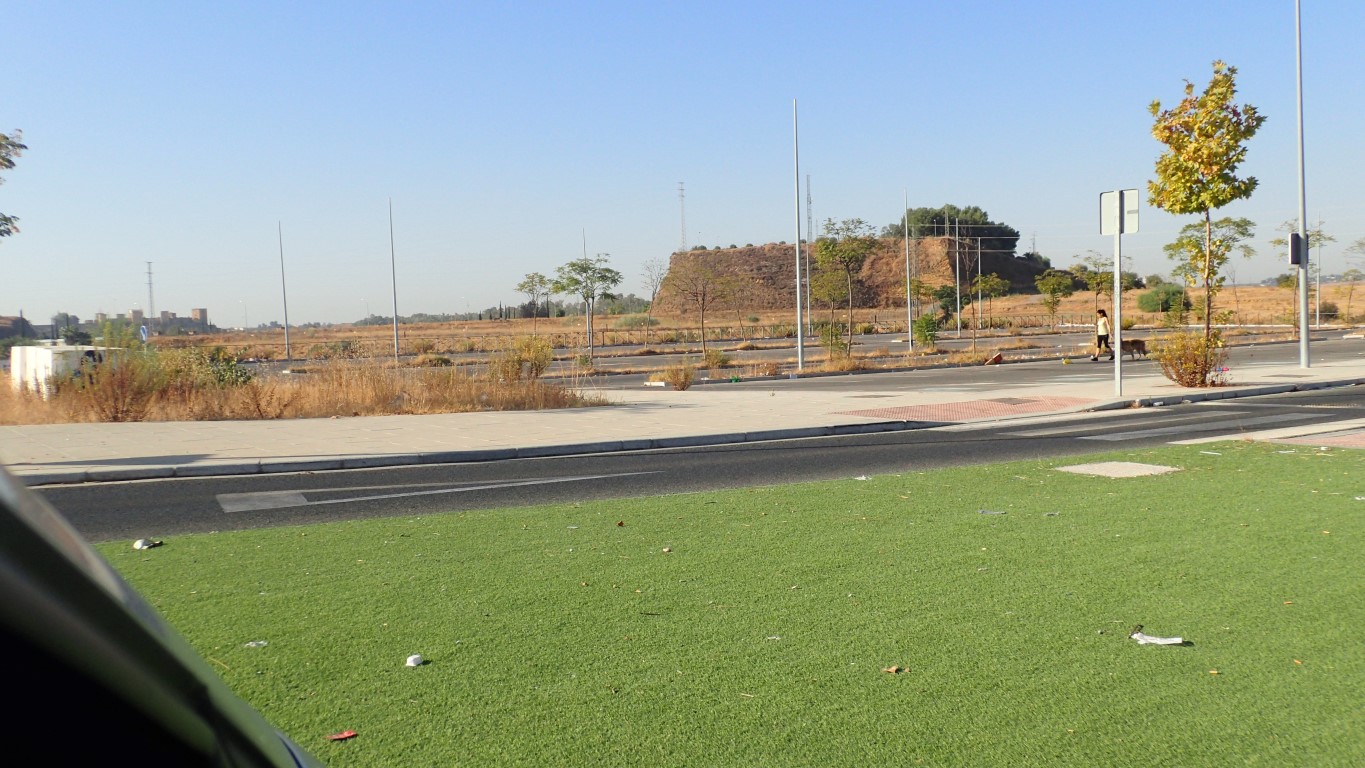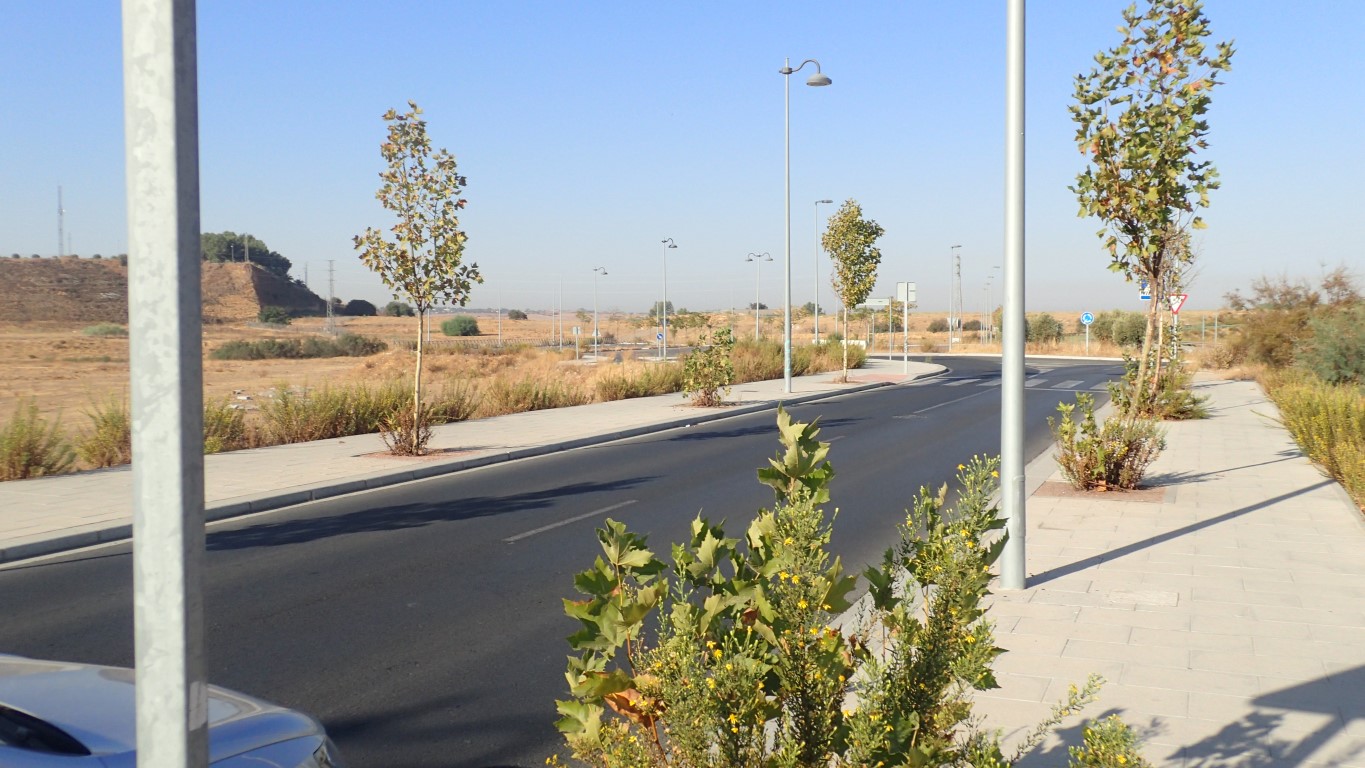It was the best of times, it was …. oops, wrong cities, wrong centuries.
On Friday we visited the amazing Seville Cathedral, then on Saturday we visited the even more incredible Mezquita – the Mosque-Cathedral in Cordoba. Seville Cathedral is huge, third largest Christian church in the world, the largest cathedral (because the other 2 are not the seats of bishops) and the largest Gothic church. Like many of Spain’s churches, the site was originally a mosque, and the mosque’s minaret, El Giradillo, still stands beside it. The rest of the original mosque was knocked down in the early 15th century, and when the Cathedral was completed 100 years later, it was the largest church in the world by volume. Some sources claim that it still is.
The tomb of Christopher Columbus is a major point of interest. It’s very impressive for its size and there has been a long-standing debate over whether the remains are actually Columbus’ (DNA says they are). Also impressive is the cathedral’s collection of art and treasure, including a very decorative crown which contains the second-largest pearl in the world, and is used during the Feast of the Assumption. Another surviving remnant of the original 12th Century mosque is the Patio de los Naranjos Oranges, a lovely cool open area with a large fountain in the centre.
We walked a few blocks to the Plaza de Espana and the adjoining Parque de Maria Luisa. The Plaza was built for the 1929 Exposicion Iberoamericana and has fountains, mini-canals with boats for hire and a huge curved brick & tile building showcasing Seville tilework. It was a hot day and we opted to sit under a huge Australian Grevillea Robusta in the park rather than walk around the Plaza. Then we headed back to the car via the river. We’re listening to the audiobook of Ken Follet’s Column of Fire, Part 3 of his Kingsbridge series, and the Rio Guadalquiver is mentioned several times as an important asset to Seville because ships were the main form of transport to and from the city. It has silted up over the centuries, but is still an impressive body of water.
On the way back to our Airbnb, we drove a slightly different way and came to a deserted suburb. There were tram tracks with a big bridge going to who knows where, parking area, roads, street lights … everything except houses. We’ve been through another Spanish ghost town where there were houses, some finished and empty, others never finished, but this suburb with everything but the houses was really different.
We’re heading north now, towards Madrid andSegovia, and will then head west back to Barcelona. This post is getting a bit long, so I’ll write about Cordoba later.
